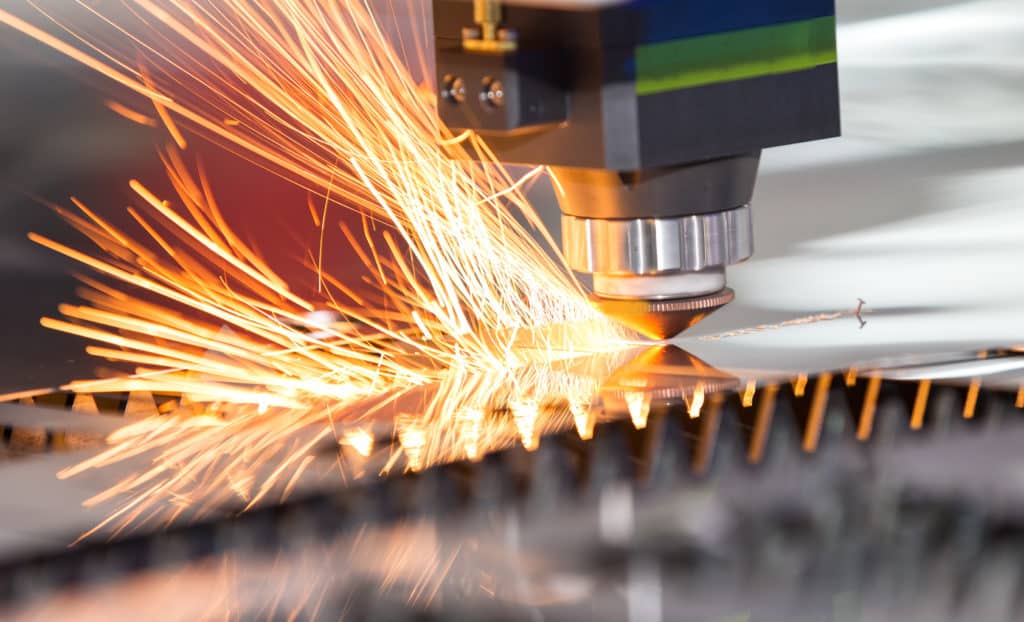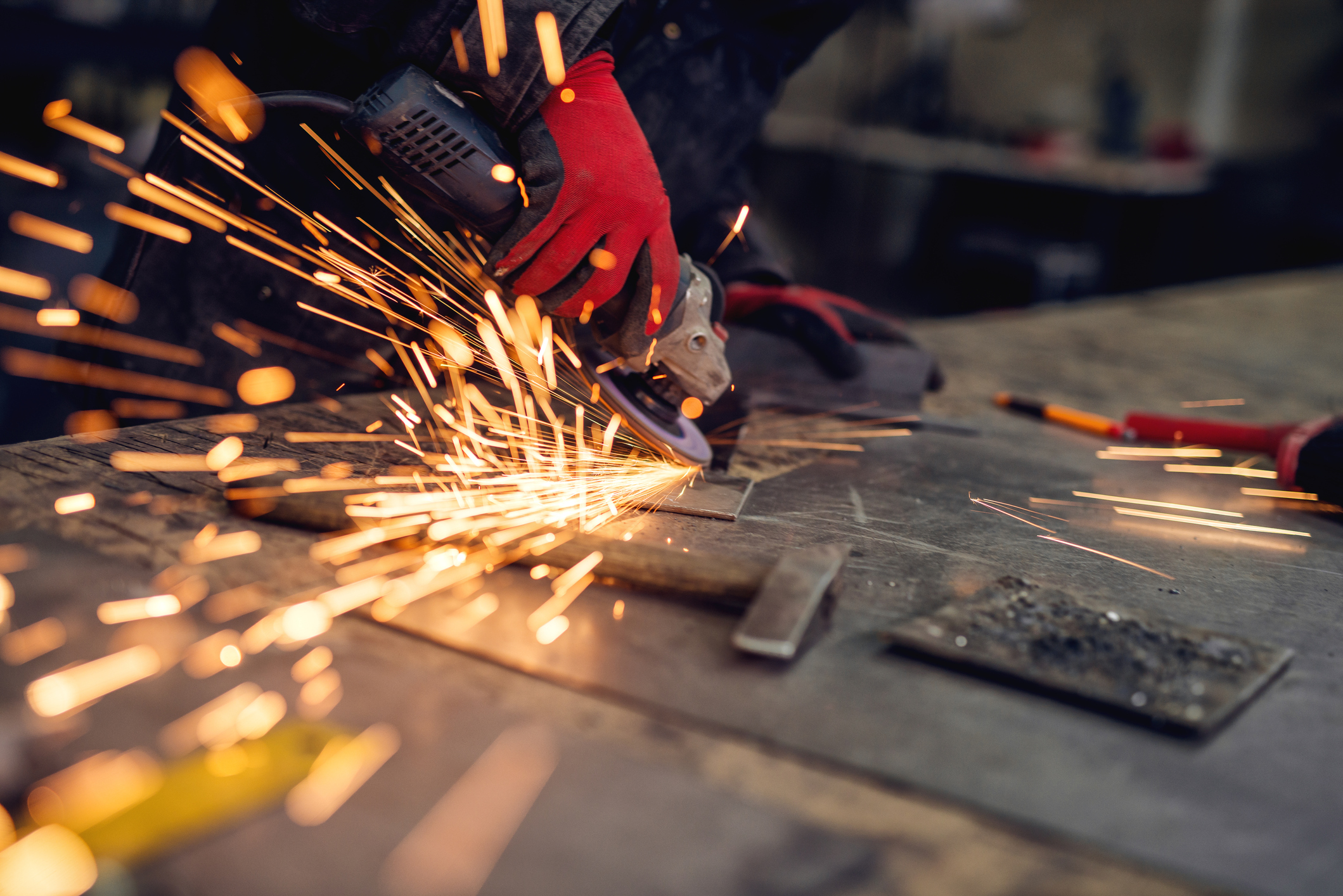Although the exact date and origin of man’s first foray into metalworking are uncertain, there is little doubt that this great discovery has always had a significant role in human culture. With the discovery of seven basic metals: gold, silver, mercury, copper, lead, tin, and iron, primitive metallurgy arose during the early civilizations. These metals happened to be utilized for both decorative and practical purposes, such as jewelry and sacred relics, as well as tools, coinage, and weaponry. Early metalworkers created many of the products that can’t be imaginable living without today using heat and tools for fabrication. Metalwork evolved over time, gaining in sophistication and societal importance.

Why does every business sector need metal fabrication?
Metals and metal alloys (compositions of two or more metals) happen to be now manufactured for usage in almost every business sector. Metal manufacturing has contributed significantly to technological, transportation, agricultural, and building improvements. Metal fabrication, in general, refers to any operation that involves the creation of machines and equipment from raw materials. Fabrication shops, sometimes known as “fab shops,” are firms that specialize in metal preparation, welding, and assembly. The word “machine shop” describes a company that specializes in the cutting, shaping, and assembly of machine parts.
Many companies that engage in machine structure fabrication in Malaysia today use to offer fabrication and machining services and fall into both of these categories.
Find a variety of metals
Fabrication of structural frames, various metals for building finishes such as stair railings, and ornamental elements such as iron driveway gates are examples of work done by fab shops and machine shops. Metal fabricators typically go through a bidding process for large building projects and are subsequently awarded the job by contractors. Engineering, cutting and burning, shaping, machining, welding, and assembly happen to be the six key phases of a metal fabrication project.
For the layout of shop drawings and the programming of equipment, metal fabricators will either outsource or have in-house production engineers and steel detailers. For the size of raw materials, a fab shop’s equipment usually includes numerical control (NC) and computer numerical control (CNC) machine tools. After the metal has been cut to size, it is shaped using a variety of procedures and equipment, including hydraulic brake presses. The machining process comprises turning, drilling, and milling metal to make the project’s unique parts, and it demands close adherence to the engineering drawings. During this process, NC and CNC machine tools are also used. After all of the pieces have been machined, they used to get welded together as directed. Welding is a highly skilled technique, especially when dealing with sensitive materials. Assembly, the final phase in metal manufacture, comprises finishing touches like painting and inspection.
Final words
The modern metal fabrication industry, which happens to be part of the industrial products sector, has significant economic ramifications. Workplace safety and legal difficulties are well-established laws and regulations, and educational metal fabrication programs are available at both large universities and minor technical institutions.

